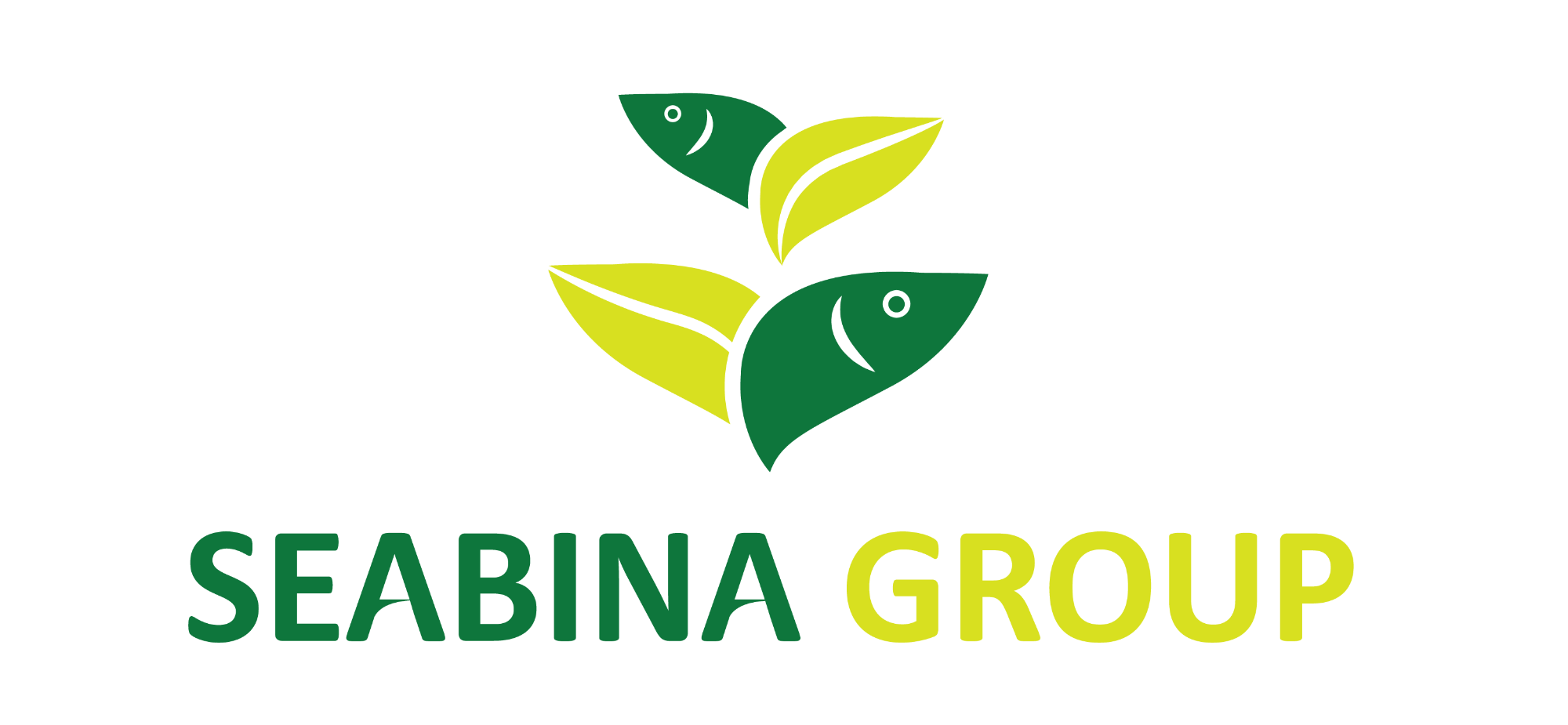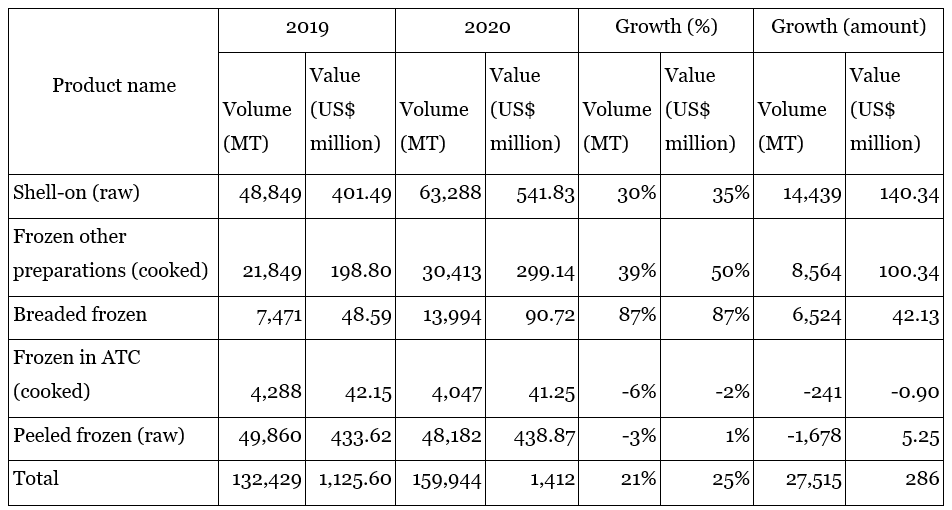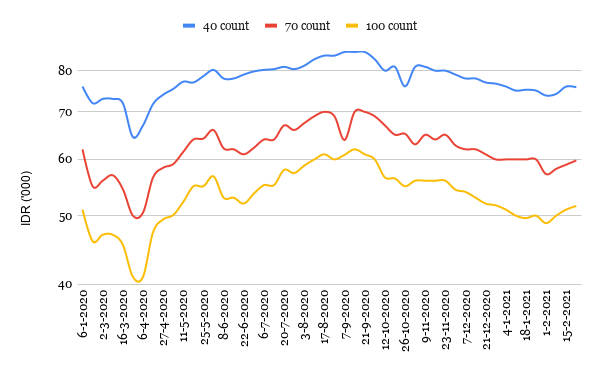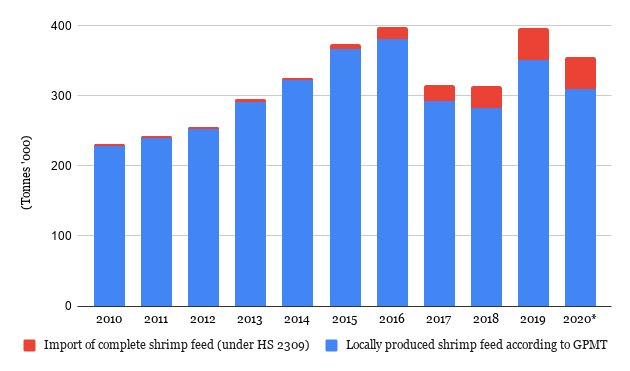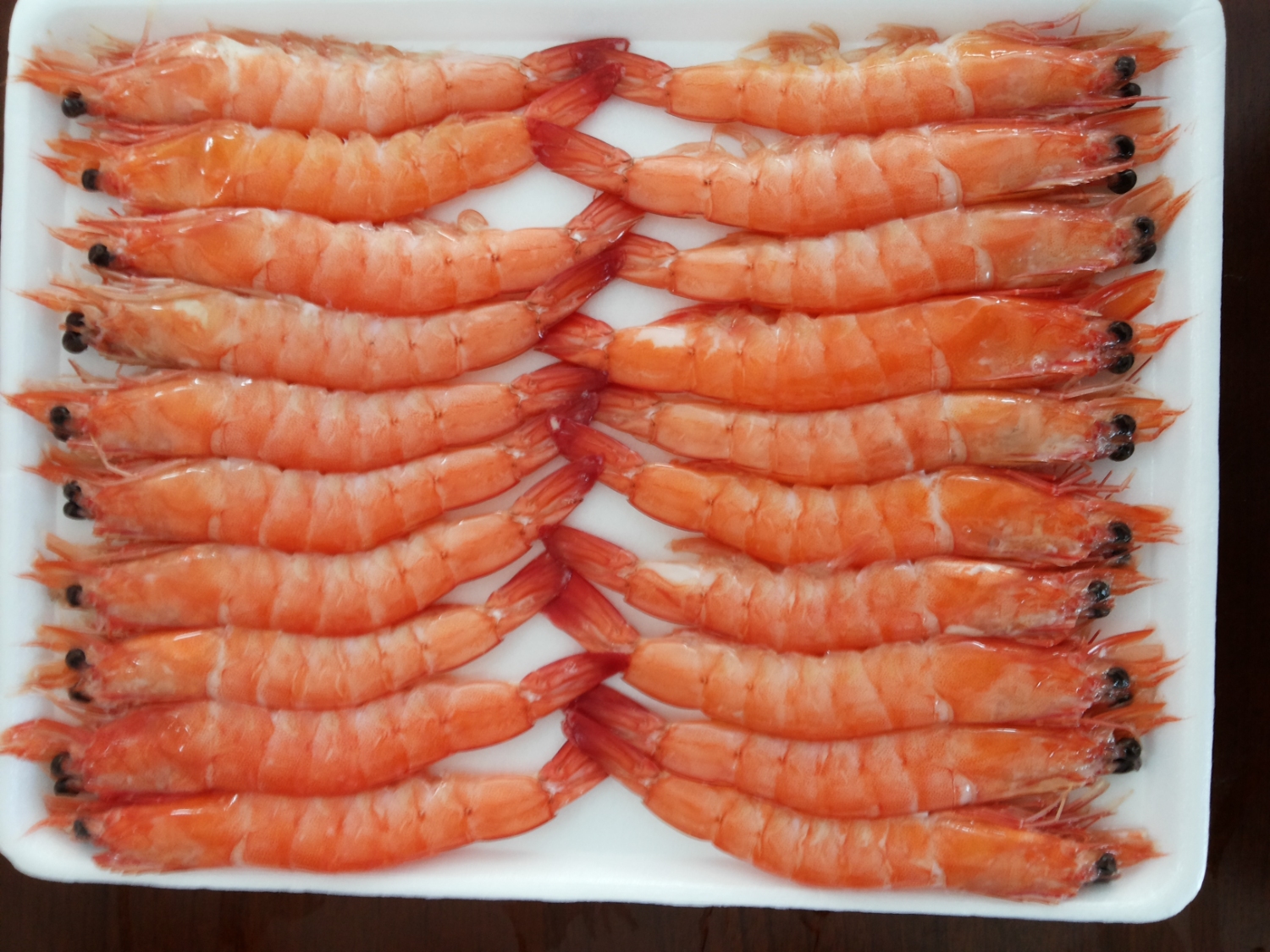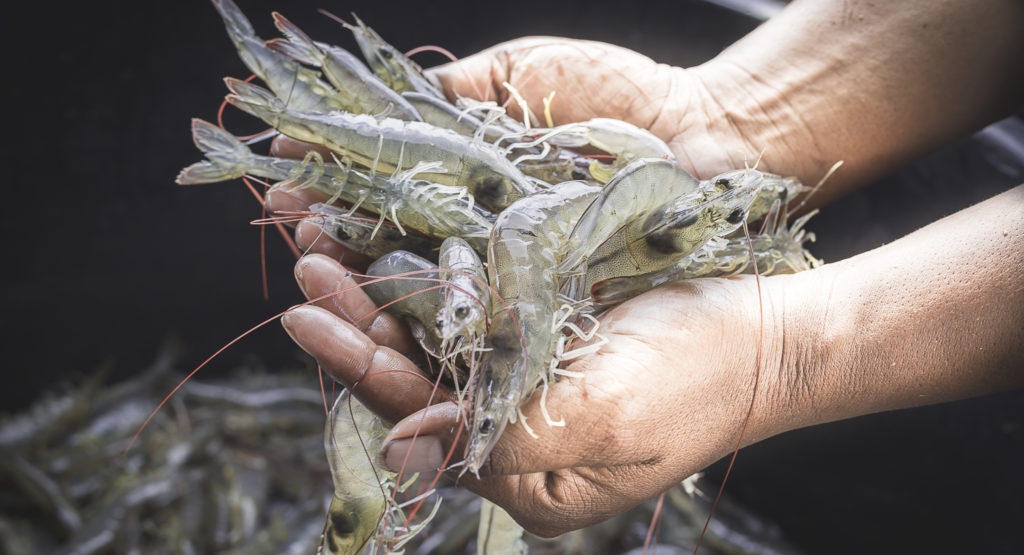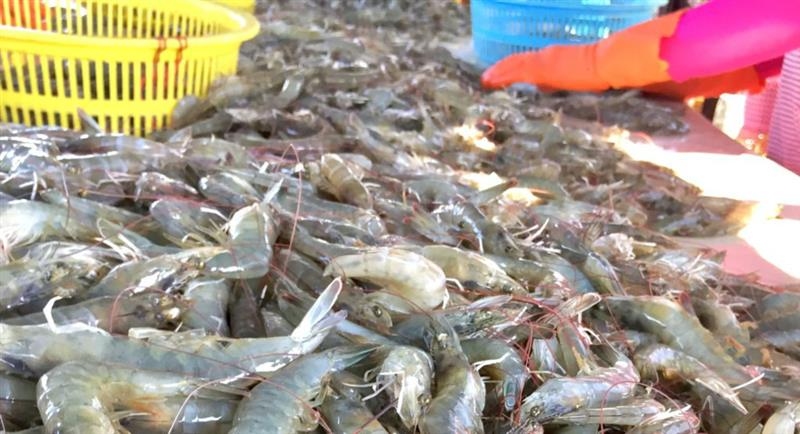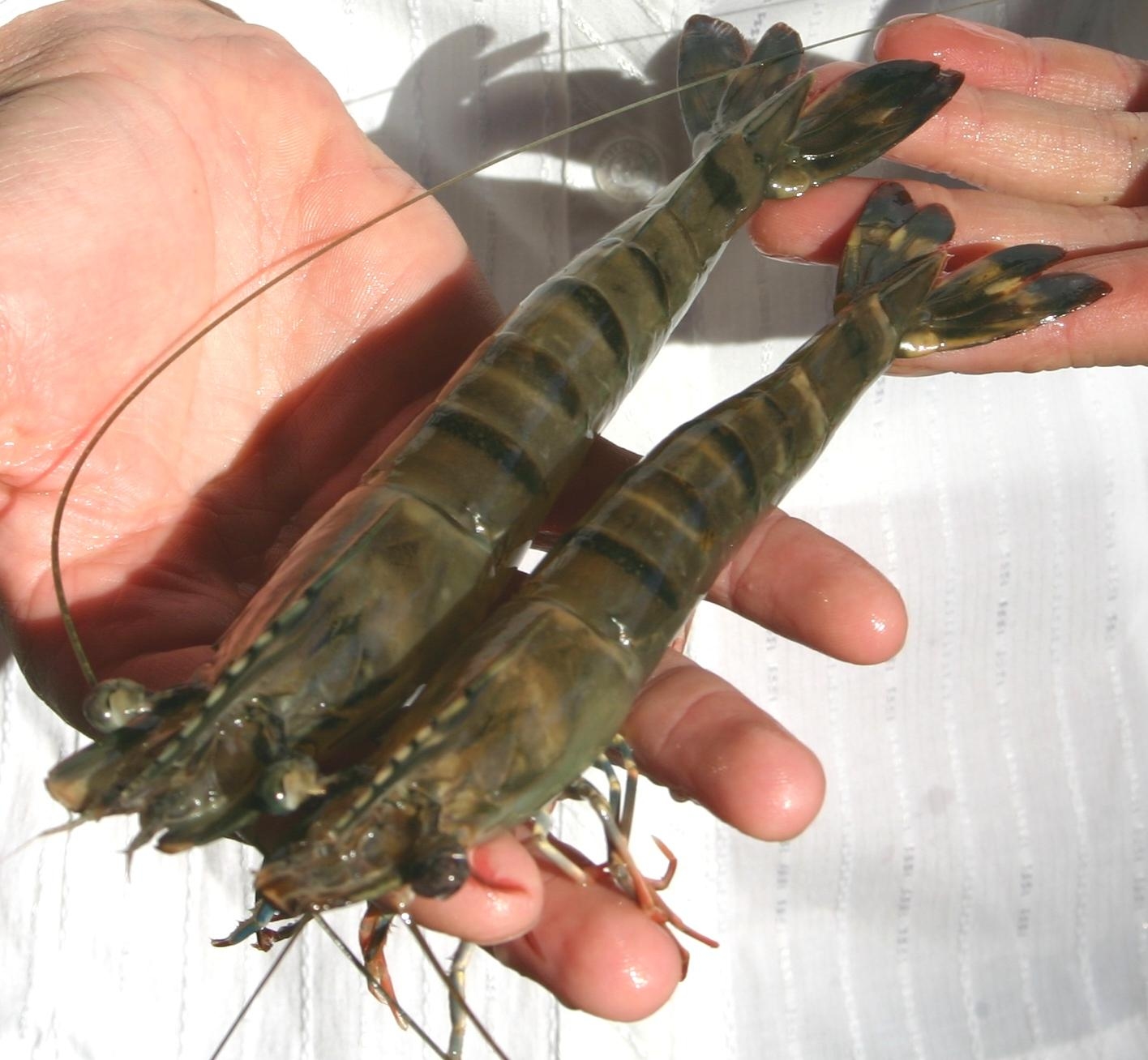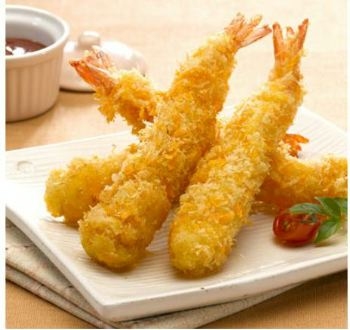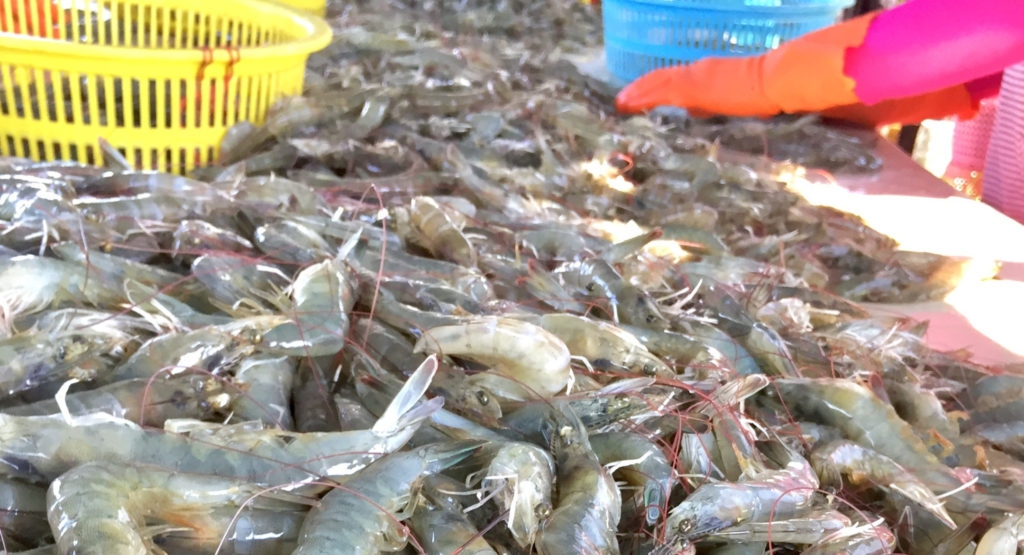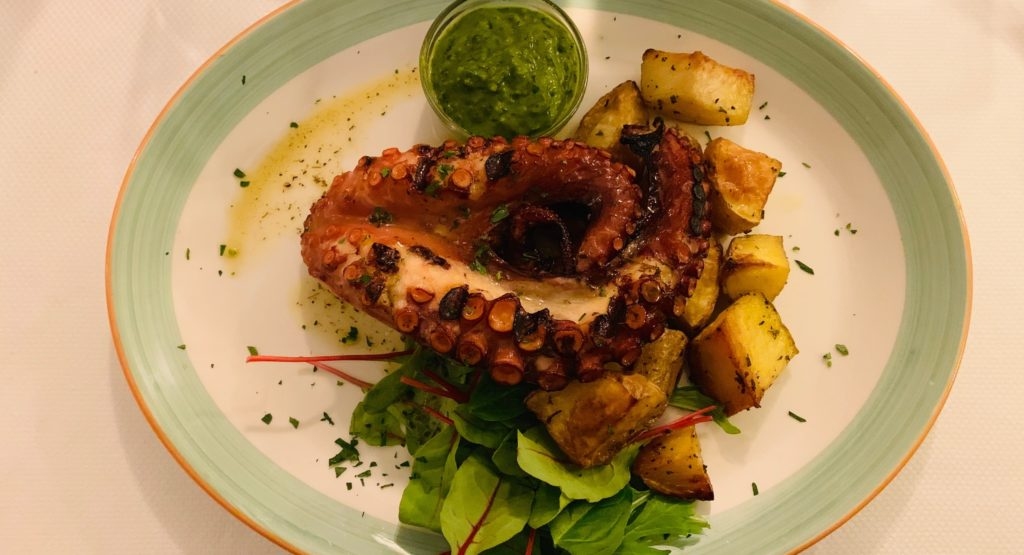
Source: Larive International
The feed company representatives are more optimistic in terms of the first new stocking of 2021. Farmers were reportedly ready to stock as soon as the rain ceased, meaning that most likely many have started after mid-February, so harvests of this crop will likely outperform the pitiful harvest volume of the first crop of 2021. From an exporter’s point of view, however, the outlook for Q1 and Q2 is not good. Raw material prices are increasing and may only come down once the crop stocked in February is harvested, most likely from April till mid-May, just before Eid al-Fitr. With market prices not yet showing an improvement, freight costs still being at an extremely high level (mainly due to COVID-19), and the rupiah strengthening, packers are lucky if they can break even. According to one feed company representative, even though production may increase during the second half of 2021, due to the ongoing struggle with disease, it is uncertain whether production in 2021 will surpass last year’s record volume.
THE LONG-TERM OUTLOOK LOOKS PROMISING AND INDONESIA IS DEFINITELY ONE TO WATCH
In January, at the Indonesian Shrimp Forum, the MMAF provided some context to the 250% growth target which was announced by the Indonesian government last year. One of the Director Generals of the MMAF explains that by 2024 the government expects that the amount of intensive ponds will increase to 7,000 ha with a productivity of 40 MT/ha, amounting to 280,000 MT annually. In addition, the government expects semi-intensive production to increase to 30,000 ha with an average productivity of 8 MT/ha, amounting to 240,000 MT. Finally, extensive production in traditional ponds is expected to increase to 286,000 hectares with a productivity of 0.8 MT/ha, amounting to 228,000 MT. In theory, if these ambitions are met, production in Indonesia could surge to around 750,000 MT by 2024. The expansion of production is to be realized with the support of a set of interventions by the Indonesian government and industry, including (1) improved licensing for shrimp farms, (2) the prioritization of budgets allocated to shrimp farm expansion by the local and central governments, (3) the adoption of modern technology and supply of superior post-larvae and (4) the adoption of sustainable shrimp farming protocols as a prerequisite for licensing.
Most people are a bit skeptical about the reality behind the Indonesian government’s ambitious 250% growth target. I share this skepticism, especially bearing in mind that last year’s surge of exports may not entirely have been the result of an increase in production – which is exactly what is needed now to reach the target. However, together with industry leaders such as Grobest’s Samson Li and CPF’s Robins McIntosh, I do believe that Indonesia will likely increase its output over the next couple of years. Expansion of intensive and super-intensive shrimp farms will play a major role. But other developments such as the establishment of a local broodstock multiplication center by JAPFA and Kona Bay, and the market entry of American Penaeid Inc with its robust High Vigor broodstock, may also be important developments that will bolster the Indonesian industry’s growth. I expect that improved availability of consistently high-quality PL combined with more biosecure farms and sustainable production practices will result in an increase in Indonesian L. vannamei production in 2021 and beyond. As production expansion is likely to come not only from current production locations but also for a significant part from Eastern Indonesia and some parts of Sulawesi, an increase in production will need to be met with an expansion of processing infrastructure – a challenge for Eastern Indonesia in itself. Over the next couple of years, Indonesia will definitely be a country to watch.
Readers' opinions
In January, at the Indonesian Shrimp Forum, the MMAF provided some context to the 250% growth target which was announced by the Indonesian government last year. One of the Director Generals of the MMAF explains that by 2024 the government expects that the amount of intensive ponds will increase to 7,000 ha with a productivity of 40 MT/ha, amounting to 280,000 MT annually. In addition, the government expects semi-intensive production to increase to 30,000 ha with an average productivity of 8 MT/ha, amounting to 240,000 MT. Finally, extensive production in traditional ponds is expected to increase to 286,000 hectares with a productivity of 0.8 MT/ha, amounting to 228,000 MT. In theory, if these ambitions are met, production in Indonesia could surge to around 750,000 MT by 2024. The expansion of production is to be realized with the support of a set of interventions by the Indonesian government and industry, including (1) improved licensing for shrimp farms, (2) the prioritization of budgets allocated to shrimp farm expansion by the local and central governments, (3) the adoption of modern technology and supply of superior post-larvae and (4) the adoption of sustainable shrimp farming protocols as a prerequisite for licensing.
Most people are a bit skeptical about the reality behind the Indonesian government’s ambitious 250% growth target. I share this skepticism, especially bearing in mind that last year’s surge of exports may not entirely have been the result of an increase in production – which is exactly what is needed now to reach the target. However, together with industry leaders such as Grobest’s Samson Li and CPF’s Robins McIntosh, I do believe that Indonesia will likely increase its output over the next couple of years. Expansion of intensive and super-intensive shrimp farms will play a major role. But other developments such as the establishment of a local broodstock multiplication center by JAPFA and Kona Bay, and the market entry of American Penaeid Inc with its robust High Vigor broodstock, may also be important developments that will bolster the Indonesian industry’s growth. I expect that improved availability of consistently high-quality PL combined with more biosecure farms and sustainable production practices will result in an increase in Indonesian L. vannamei production in 2021 and beyond. As production expansion is likely to come not only from current production locations but also for a significant part from Eastern Indonesia and some parts of Sulawesi, an increase in production will need to be met with an expansion of processing infrastructure – a challenge for Eastern Indonesia in itself. Over the next couple of years, Indonesia will definitely be a country to watch.
